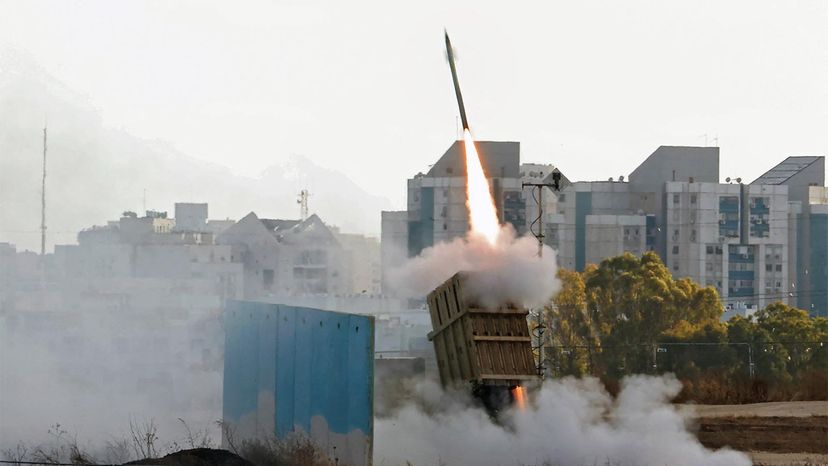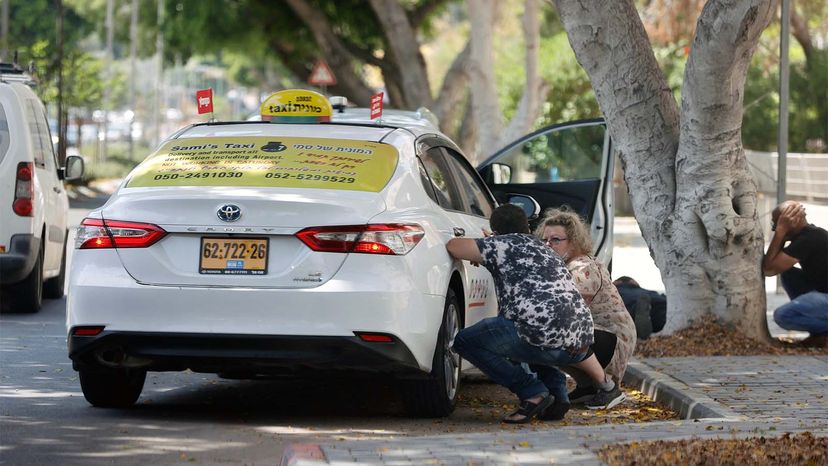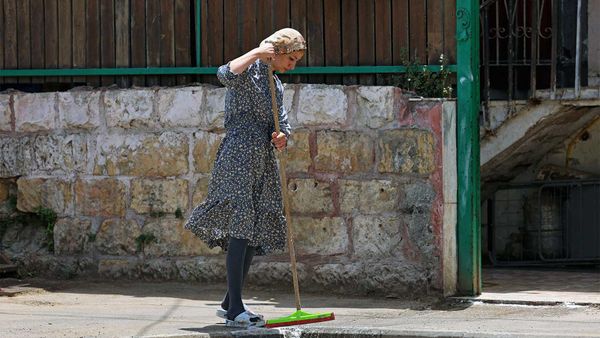
When Israel's Iron Dome missile defense system was unveiled in 2011, it was cutting-edge stuff, a state-of-the-art-of-war tool that virtually plucked incoming short-range rockets from the air before they could inflict any damage on their intended targets.
If the Iron Dome, 10 years later, is no longer the world's undisputed state-of-the-art missile defense system — America has, among others, the bigger THAAD (terminal high-altitude area defense) and Patriot systems, Israel boasts David's Sling, and there are others — it's still way up there, especially for shorter-range threats. It's become the most-used, most-combat tested and, as many suggest, most effective missile defense system in the world. Ever.
Advertisement
More than that, as the latest outbreak of violence between Israel and Palestine has shown — the militant group Hamas fired thousands of short-range missiles at Israeli positions beginning May 10, 2021 — the Iron Dome has proven itself absolutely indispensable.



